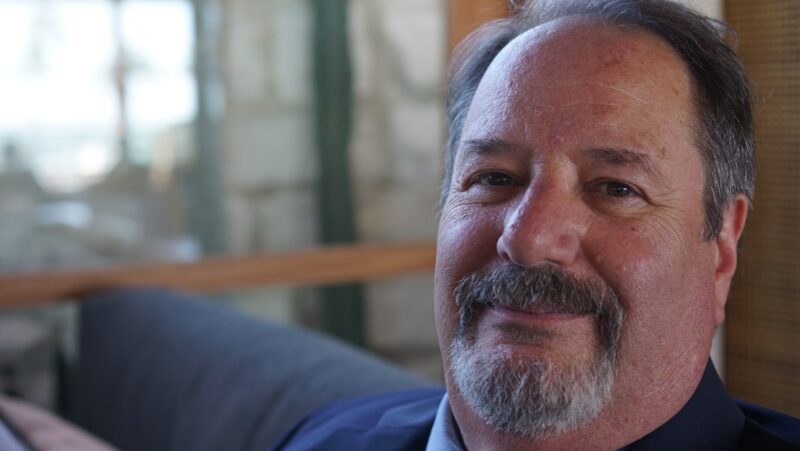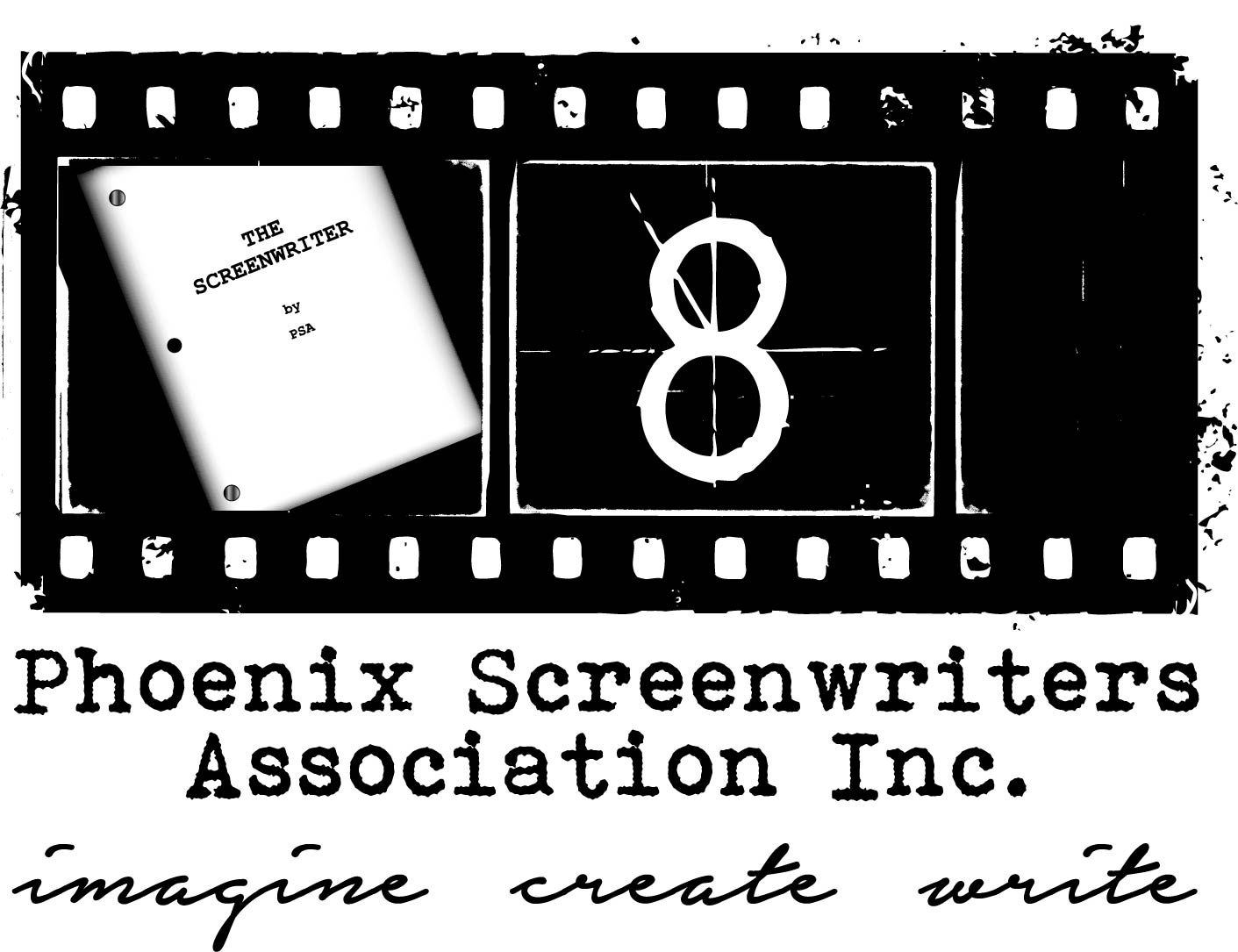Finding Your Unique Screenwriting Voice
By Bob Saenz
 If you are starting from scratch and know nothing about screenwriting, and even if you’re not, you need to find scripts online and read them. As many as you can. Read scripts from your favorite films. See what they did to make them such successful stories. Read scripts from bad films. See where they went wrong. Read scripts from other writers who are where you are in their quest. There are hundreds of screenwriting boards on social media where you can meet other writers.
If you are starting from scratch and know nothing about screenwriting, and even if you’re not, you need to find scripts online and read them. As many as you can. Read scripts from your favorite films. See what they did to make them such successful stories. Read scripts from bad films. See where they went wrong. Read scripts from other writers who are where you are in their quest. There are hundreds of screenwriting boards on social media where you can meet other writers.
Watch some of those films with the script on your lap to see where they diverge or where they stuck to it verbatim. Look how each writer differs from the next. Watch for those writers unique way of telling their story. Their voice.
Those voices, each one individual to each writer, plus their abilities to create great original story, are what helped sell those stories as much as the stories themselves. I know this can be hard concept to grasp, but screenwriting is first about story, always, but style is absolutely an important component and succeeding at screenwriting is that combination. Combining great story with your unique voice telling it. A voice that only comes the more you experiment with technique and your own time honed approach to writing your script. You don’t find your voice as much as develop it.
What you don’t want to do is read other people’s scripts and start copying those other writer’s voices. Producers can spot this a mile away. A Quentin Tarantino voice, including the prerequisite “Royale with Cheese” scene or a Sorkin voice or any number of masters of the craft, whose style is instantly recognizable. You aren’t those screenwriters and you never will be. You need to be yourself.
One the greatest compliments you can get on your writing is when a producer picks up a script of yours and can tell from the first page it was you who had written it by the voice and style.
That’s what you shoot for.
Occasionally a writer can be open and relaxed enough with their writing to find their own unique voice quickly. Sometimes it takes a dozen scripts to figure it out. To reach that comfort level with writing something as yourself and yourself only. Not trying to force it or fake it, but getting to that zone where it flows from the real you. This not easy. But if it was easy, everyone could do it. And they can’t.
That said……… Finding your own voice is not a substitute for having to write a great story, but I think finding your own voice can make finding that great story easier.
So, my challenge to you, if you’ve already written a few scripts, is to look at your older scripts and see if your voice changes depending on the script or if your own unique voice as a writer can be seen in each one. You might be surprised either way. To discover you haven’t yet found it or that you can see the thread of your own style as a writer developing through each script.
And don’t be hard on yourself if you haven’t found it yet. It takes time and knowing yourself as a writer. But once again, know that you if try to copy the style of writers you admire; you’ll probably take a lot longer finding your own.
Next time you sit down to write your next scene or script, reflect on why you think it’s you and you only that can relate this story, the way you want to. That’s where voice comes from. Then write it the way only you can. Don’t write to please others. To try and write what you think others may want is a trip into the land of the futile. You can never please everyone and you can never make everyone happy, so it makes sense to be true to yourself first and use that writing time to develop your own style, your own voice. This will take time, but that’s what helps make screenwriting careers.

Bob,
We went to the Jack premiere in San Francisco! The best night of my life meeting Robin Williams, Billy Crystal, FFC and the other actors. Were you there, too? Thanks for the great info!